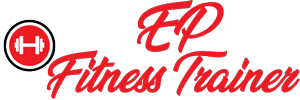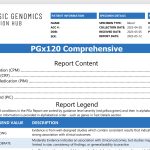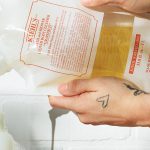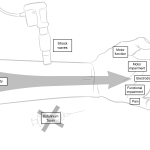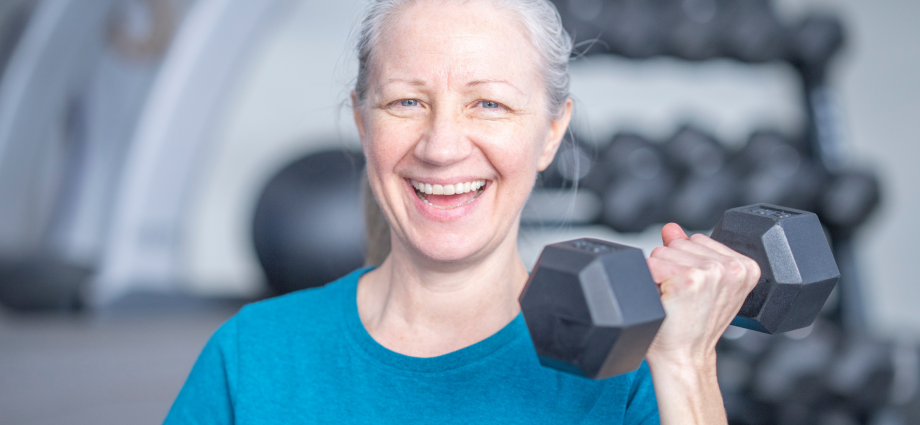Let’s be honest. Getting older comes with a few… surprises. Maybe it’s a new creak when you stand up, a stiffness in your knees on a damp morning, or that garden you love to tend feeling a bit more like a chore. For a long time, the message was simple: take it easy. Protect your joints. But here’s the deal—the latest science tells a completely different, and honestly, more exciting story.
Movement isn’t the enemy of aging joints; it’s their best friend. The secret isn’t just any movement, though. It’s functional fitness. This isn’t about bulging biceps or running marathons. It’s about training your body for the daily dance of life—bending, lifting, reaching, and twisting—so you can keep doing the things you love, pain-free and with confidence.
Why Your Joints Are Begging for Functional Movement
Think of your joints—your knees, hips, shoulders—as intricate, biological machinery. They’re not just simple hinges. They’re surrounded by muscles, ligaments, and a remarkable substance called synovial fluid. This fluid is the joint’s personal lubrication system. And guess what makes it flow? Movement.
When you stay sedentary, that machinery starts to seize up. The muscles that support the joints weaken, like slack ropes on a tent pole. The lubrication slows down. That’s when stiffness and discomfort set in. Functional fitness works by strengthening those supporting muscles and pumping fresh, nutrient-rich fluid into the joint space. It’s like oiling the hinges on a favorite, well-worn door.
The Core Pillars of a Joint-Friendly Functional Routine
Okay, so what does this actually look like in practice? A solid functional fitness plan for joint health rests on a few key pillars. You don’t need a fancy gym. You just need a little space and a willingness to move.
1. Strength Training (The Support System)
This isn’t about heavy weights. It’s about building a resilient frame. Strong leg muscles act as shock absorbers for your knees. A powerful core protects your lower back. Focus on exercises that mimic real life.
- Sit-to-Stands: The ultimate functional move. It’s simply practicing getting in and out of a chair without using your hands. This builds the exact strength you need for toilets, couches, and car seats.
- Bodyweight Squats: Imagine picking up a grandchild or a bag of groceries. That’s a squat. Go as deep as is comfortable.
- Resistance Band Rows: Great for posture. Pulling a band towards your chest strengthens your back, helping to counteract the forward hunch so many of us develop.
2. Mobility & Flexibility (The Range of Motion)
If strength is the support, mobility is the freedom. It’s what allows you to look over your shoulder to back out of a driveway or tie your shoes without a struggle.
Dynamic stretches, like leg swings and arm circles, are perfect as a warm-up. They take your joints through their full range of motion. Static stretching, where you hold a position for 20-30 seconds, is best for a cool-down. Think of it as reminding your muscles and connective tissues how to be long and supple.
3. Balance & Stability (The Fall Prevention)
This one is non-negotiable. Good balance is your number one defense against falls, which are a major source of joint injury for older adults. And the good news? It’s easy to practice.
Try brushing your teeth while standing on one foot. Seriously. Or practice walking heel-to-toe in a straight line, as if you’re on a tightrope. These small, consistent challenges rewire your nervous system and build rock-solid stability from the ankles up.
A Sample Week of Functional Movements
Here’s a simple, no-equipment-required routine to get you started. Listen to your body—it’s the best coach you’ll ever have.
| Day | Focus | Sample Movements |
| Monday | Lower Body & Balance | 10 Sit-to-Stands, 10 Heel Raises, 30-sec Single-Leg Stands (each side) |
| Tuesday | Mobility & Recovery | 10-min gentle walk, Full Body Dynamic Stretching |
| Wednesday | Upper Body & Core | Wall Push-Ups (10 reps), Resistance Band Rows (12 reps), Seated Marches (30 sec) |
| Thursday | Active Rest | Gardening, leisurely swimming, or a favorite hobby that keeps you moving |
| Friday | Full Body Integration | 5-minute walk, then 8 Bodyweight Squats, 8 Overhead Presses (with light cans), 10 Bird-Dog poses |
| Weekend | Listen to Your Body | Rest or enjoy a fun, gentle activity like a nature walk. |
Listening to Your Body: The Golden Rule
This is crucial. There’s a big difference between the good burn of a working muscle and the sharp, stabbing pain of an angry joint. Muscle fatigue? Normal. Joint pain? A red flag.
Start slow. Honestly, slower than you think you need to. Focus on perfect form, not on the number of reps. If an exercise causes pain in the joint itself, stop. Modify it. Maybe you don’t squat as deep, or you use a chair for support. The goal is consistent, pain-free progress, not pushing through and causing a setback.
Beyond the Exercise: Fueling Your Joints
You can’t out-train a bad diet, as they say. What you eat directly impacts inflammation in the body. For happy joints, think anti-inflammatory foods.
- Omega-3 Fatty Acids: Found in fatty fish like salmon, as well as walnuts and flaxseeds. They’re like natural lubrication for your entire system.
- Colorful Fruits & Veggies: Berries, leafy greens, and bright peppers are packed with antioxidants that fight oxidative stress—a key player in joint degeneration.
- Stay Hydrated: Your cartilage is mostly water. Dehydration makes it brittle, like a dry sponge. Drink up!
It’s not a magic bullet, but it sets the stage for all your hard work to pay off.
The Final Rep
Functional fitness for aging adults isn’t about fighting the aging process. It’s about redefining it. It’s an investment in your independence, a commitment to staying in the game—whether the game is playing with your grandkids, traveling, or simply enjoying a pain-free walk in the park.
Your body is designed to move. Every time you perform a squat, you’re not just exercising; you’re rehearsing for life. And every bit of strength and mobility you build is a deposit in your body’s bank account, ensuring you have plenty to draw from for all the years to come. So what are you waiting for? Your joints are ready to thank you.
